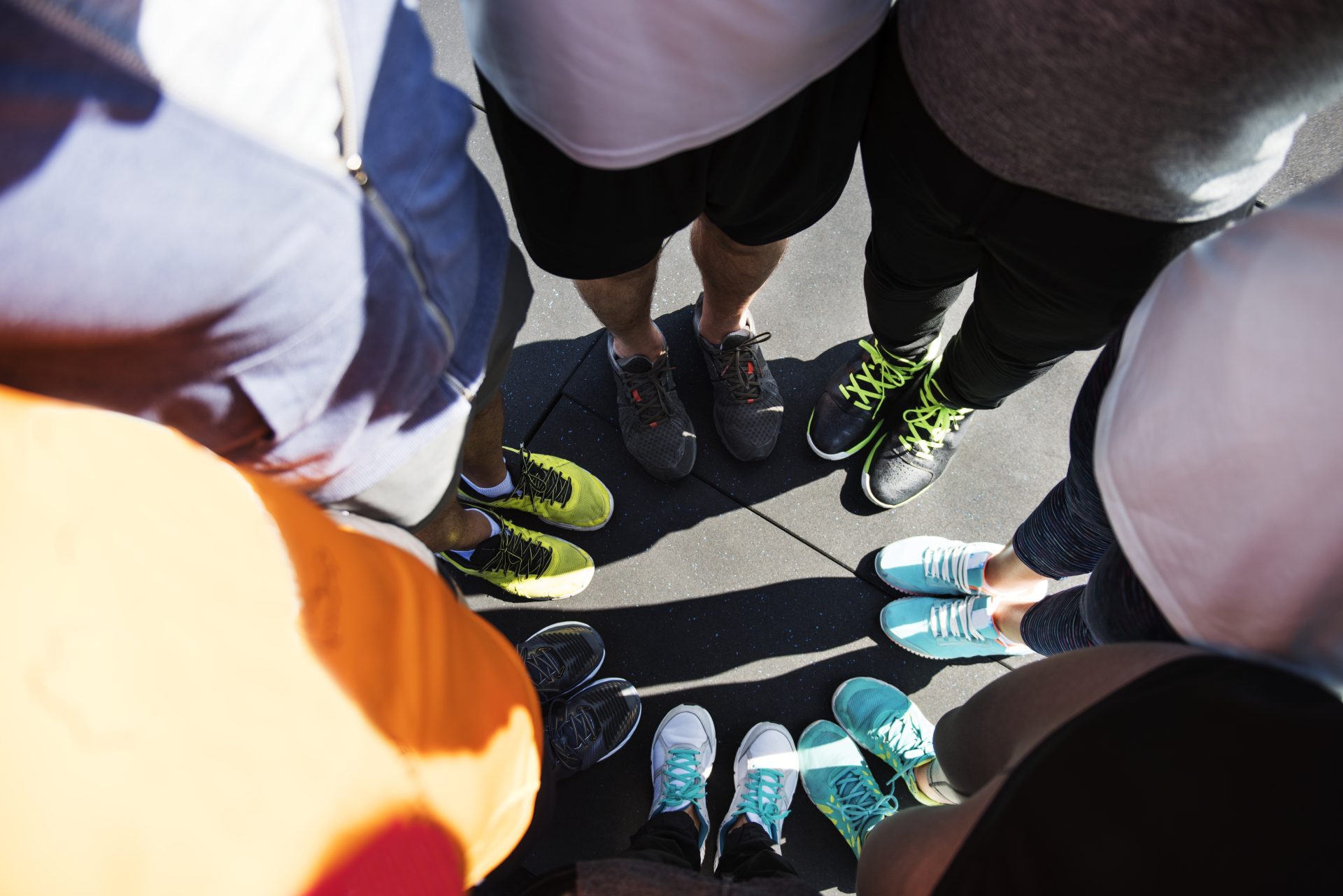
The Athletic Footwear Landscape: Scale vs. Speed
The global sports footwear market has entered a structural transition where scale no longer guarantees growth. Industry titans like Nike (+5%) and Adidas (0%) remain dominant in size but are showing clear signs of maturity. Their vast distribution networks and legacy market positions are now tempered by slower category expansion, shifting consumer preferences, and mounting competition from agile new entrants. In contrast, younger challenger brands such as On Running (+59%) and Hoka (+45%) are rapidly reshaping the industry’s growth curve. Their success stems from focused performance positioning, the ability to innovate faster across product and digital channels, and embedding community-driven storytelling at the heart of their brand identity.
Chinese players such as ANTA (+20%) and Li-Ning (+18%) are also expanding rapidly, leveraging large domestic markets and rising international visibility. They are evolving from domestic competitors into globally credible performance brands, supported by sponsorship-led marketing and design tailored to international audiences. Mid-tier incumbents like Puma, Skechers, and ASICS continue to deliver steady, disciplined growth, balancing legacy strength with gradual innovation. Meanwhile, Under Armour’s (+2%) stagnation reflects the difficulty of sustaining differentiation in a crowded and fast-changing category.
Strategic Implications
Scale ≠ growth leadership: Legacy dominance is no longer synonymous with growth. Giants like Nike and Adidas now face structural headwinds, while smaller brands use agility, storytelling, and niche community engagement to capture incremental share.
Newer brands are scaling faster: Companies founded post-2005 (e.g., On Running, Hoka) are achieving double-digit CAGRs, underscoring how late entrants are capitalizing on consumer appetite for authenticity and technical differentiation.
Asian players are globalizing: Chinese brands such as ANTA, Li-Ning, and Xtep are no longer confined to domestic markets and are building international equity through sponsorships, acquisitions, and competitive pricing.
Consumer identity is fragmenting: Consumers increasingly mix brands by activity, running in Hoka, training in Nike, living in On, signaling that brand preference is now situational rather than absolute. The distinction between performance, lifestyle, and fashion continues to blur.

Related articles

Driving Retail Transformation Through AI-Driven Hyper-Personalization

The Rise of Chinese Car Imports in the GCC


